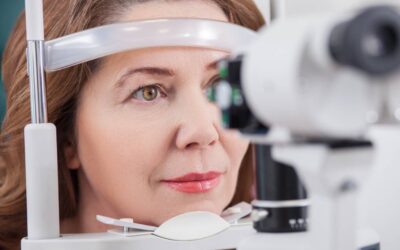November is Diabetic Eye Disease Awareness Month, and we want to help spread the word about this important topic! Diabetic eye disease refers to a group of eye problems that people with diabetes may experience because of high blood sugar levels. These problems include diabetic retinopathy, cataracts, and glaucoma.
- Diabetic retinopathy is the most common type of diabetic eye disease. It occurs when high blood sugar levels damage the blood vessels in the retina, the light-sensitive tissue at the back of the eye. If left untreated, diabetic retinopathy can lead to vision loss or even blindness.
- Cataracts are another common type of diabetic eye disease. A cataract is a cloudy area in the lens of the eye that affects vision. Cataracts are usually more common in older adults, but people with diabetes often develop them at an earlier age.
- Glaucoma is another type of diabetic eye disease that occurs when fluid builds up in the front part of the eye, causing increased pressure inside the eye. This increased pressure can damage the optic nerve, which carries information from your eyes to your brain. If left untreated, glaucoma can also lead to vision loss or blindness.
All these types of diabetic eye diseases are serious and can cause vision loss or blindness if they are not treated early. That’s why it’s so important for people with diabetes to get their eyes checked regularly by an eye doctor.
People with diabetes should have comprehensive dilated eye exams to look for signs of diabetic eye disease. A comprehensive dilated eye exam includes dilating (widening) the pupil so that the back of the eye can be examined for signs of damage from diabetic retinopathy.
Conclusion:
November is Diabetic Eye Disease Awareness Month, and we want to help spread the word about this important topic! Diabetic eye disease refers to a group of eye problems that people with diabetes may experience because of high blood sugar levels. These problems include diabetic retinopathy, cataracts, and glaucoma. Diabetic eye diseases are serious and can cause vision loss or blindness if they are not treated early. That’s why it’s so important for people with diabetes to get their eyes checked regularly by an eye doctor.
People with diabetes should have an annual comprehensive dilated eye exam to look for signs of diabetic eye disease. So, if you or someone you know has diabetes, be sure to schedule an appointment for a comprehensive dilated eye exam today!




